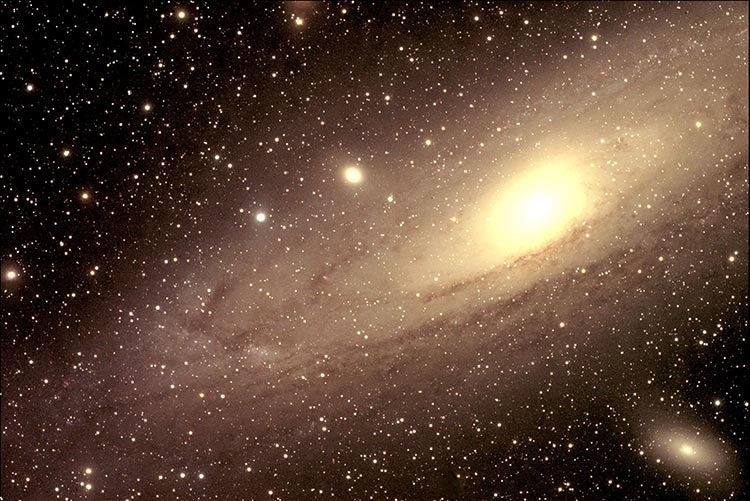Ellen M. Gilmer – Environment & Energy Publishing
CHACO CANYON, N.M. — It’s 7:45 a.m. on a sunny June morning and a line is already forming outside the visitor center at Chaco Culture National Historical Park. The sign-up list for a moonlit walk through the park’s most prized Pueblo ruins has only 30 spots, and the lights in the sky are promising a show tonight.
Later, as the sun sets over the West Mesa and the moon rises over the ancient walls of Pueblo Bonito, park ranger G.B. Cornucopia fixes his gaze on the Western sky.
“I can see them,” he said, guiding visitors’ eyes to two small glowing orbs overlapping in the distance.
Jupiter and Venus.
Chaco Canyon, tucked away in the vast expanse between Farmington and Gallup, N.M., is famous for its dark night skies. Seventy-five miles from the nearest city and 20 miles from any paved road, the park hosts some of the best stargazing in the country and in 2014 was recognized by the International Dark-Sky Association as having one of the darkest and most pristine skies in the world.
Read the full article on E & E News Photograph: Andromeda Galaxy photo taken from the Chaco Observatory taken several years ago. Source: NPS Chaco Night Sky Photos

